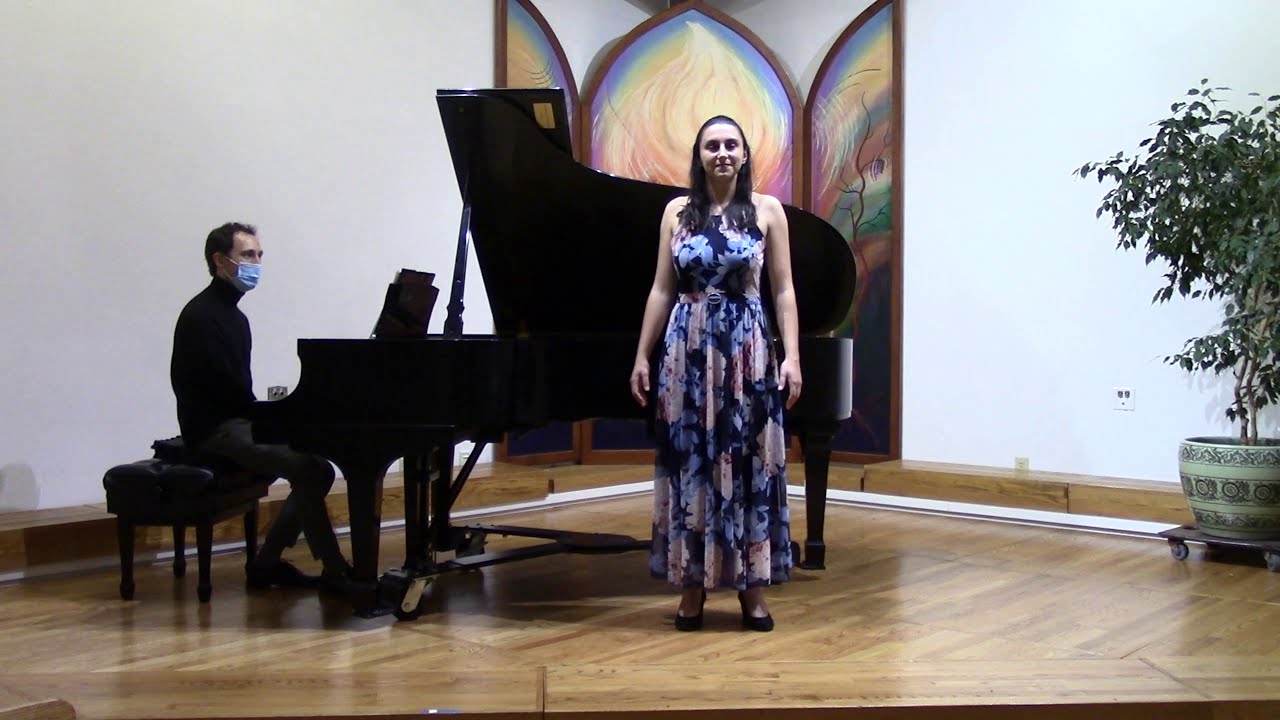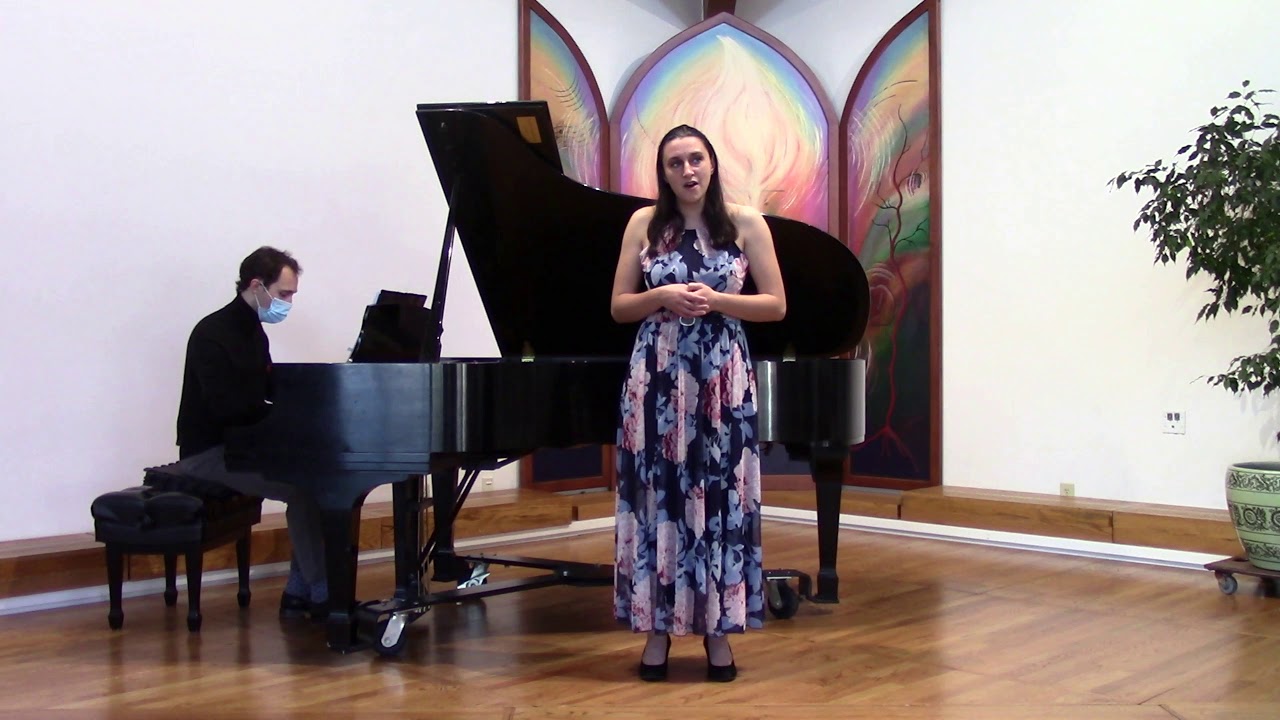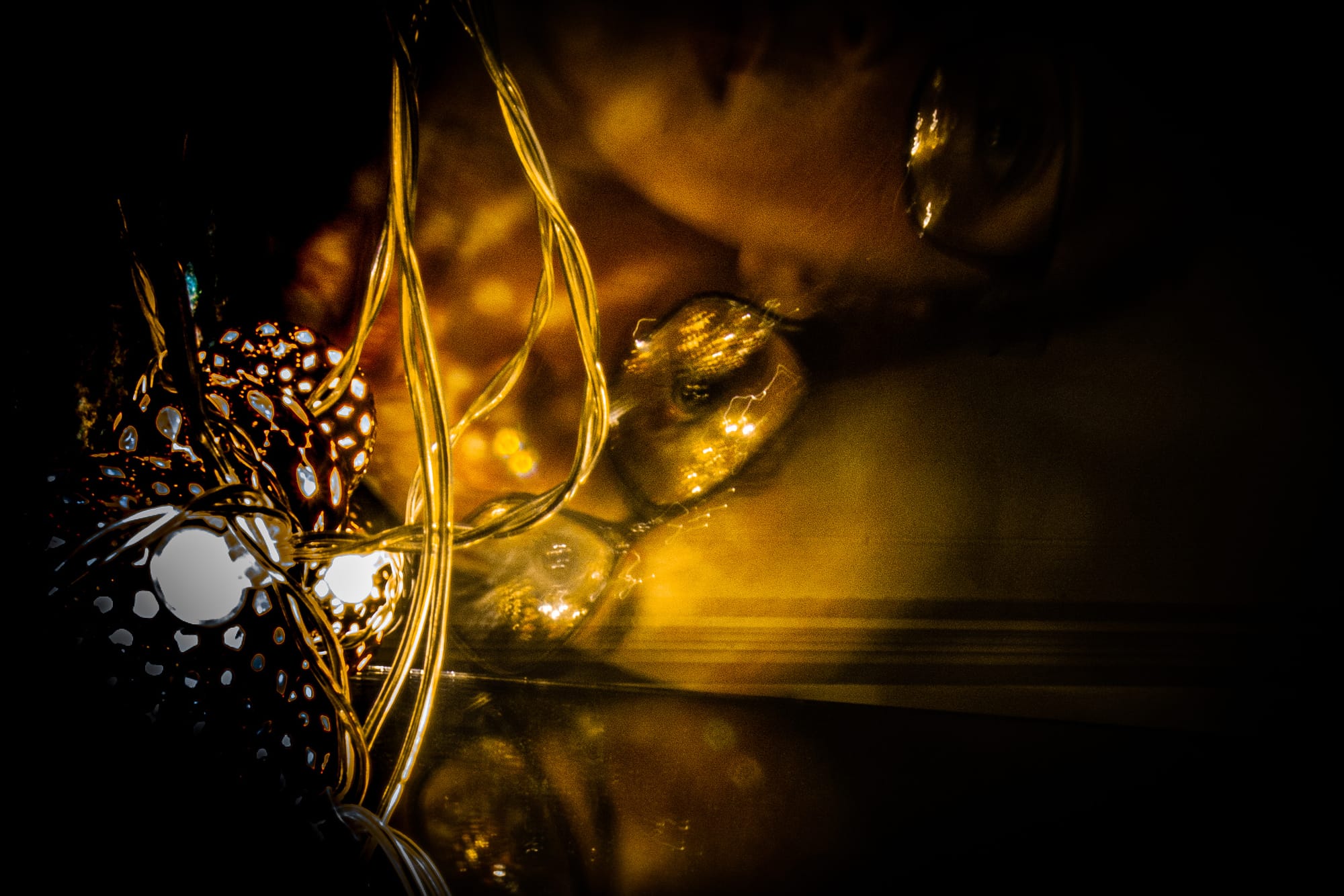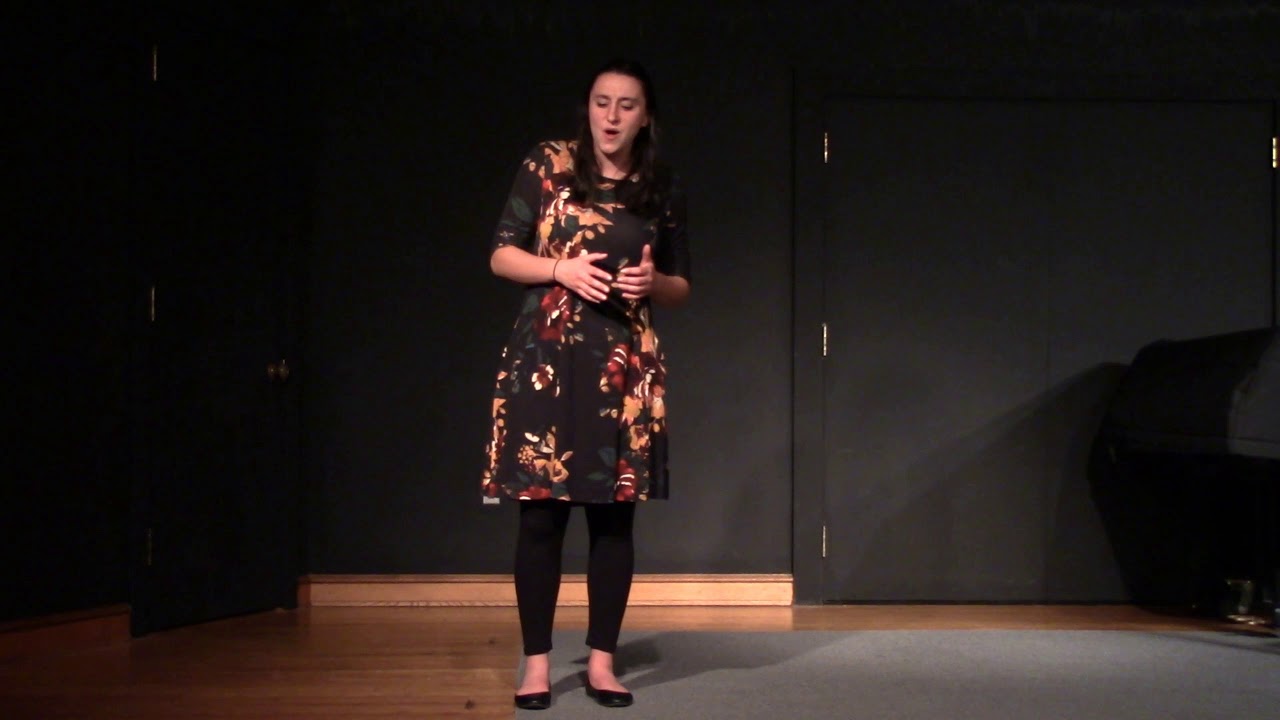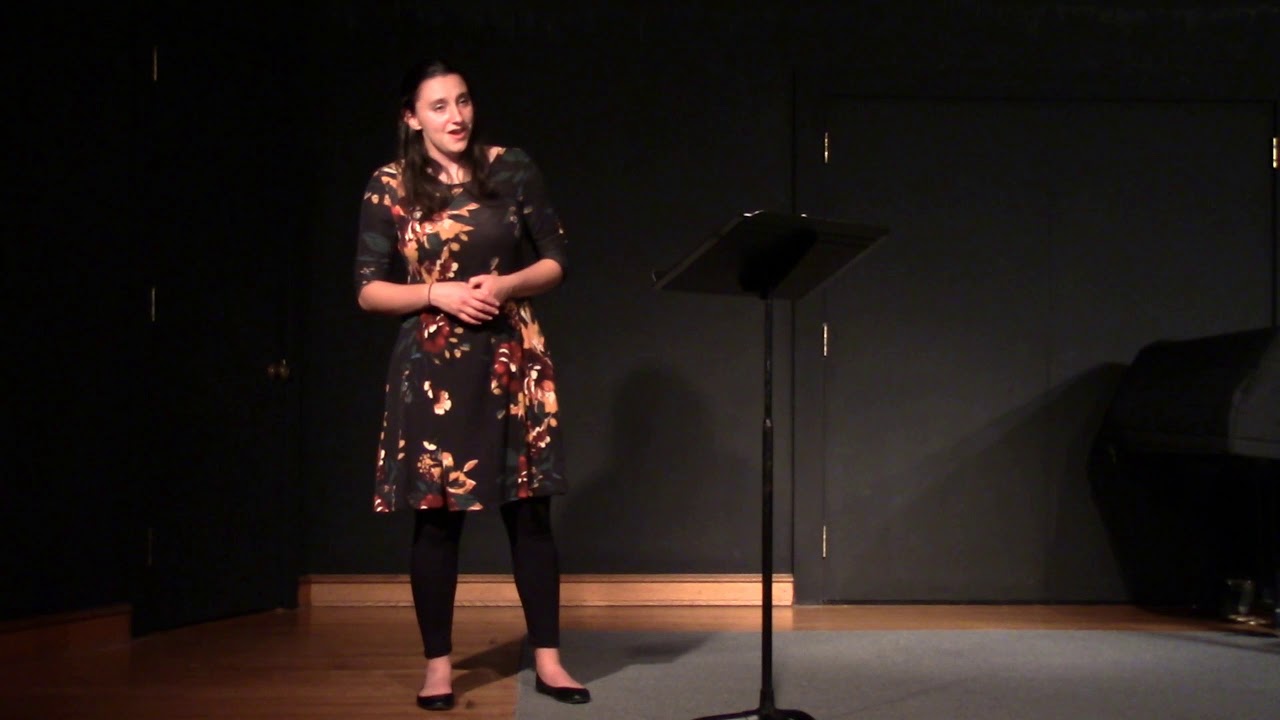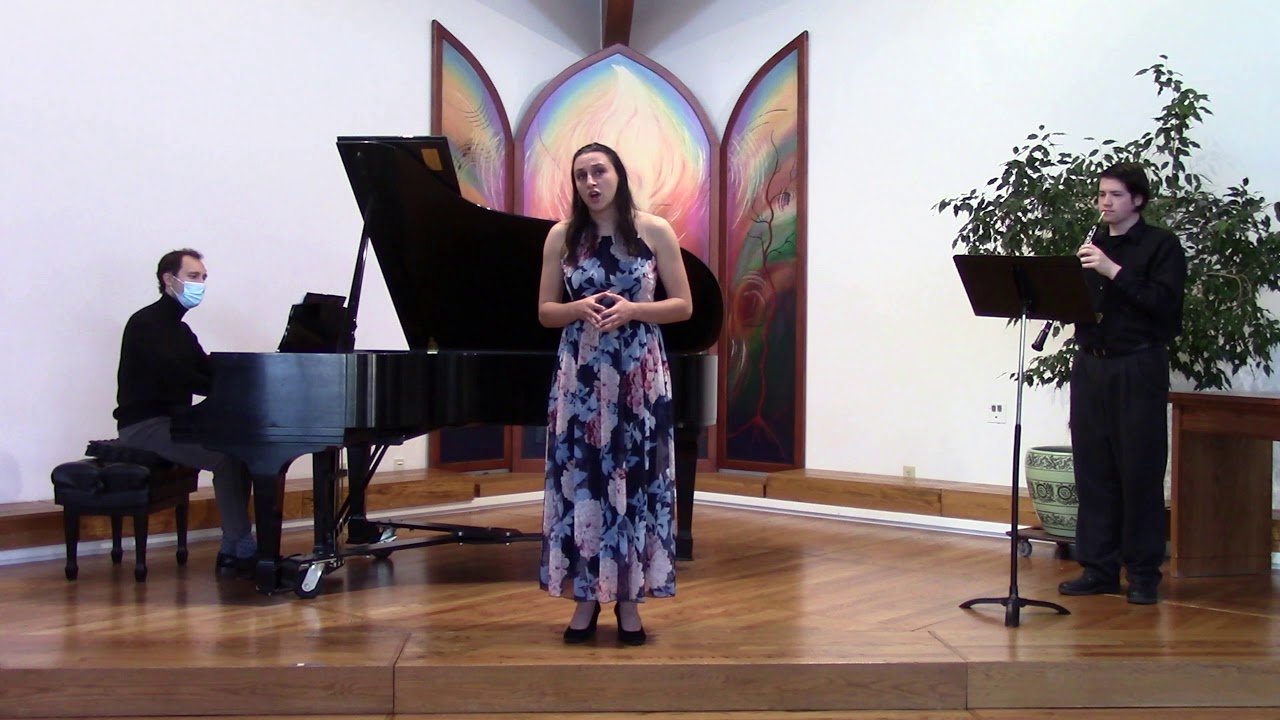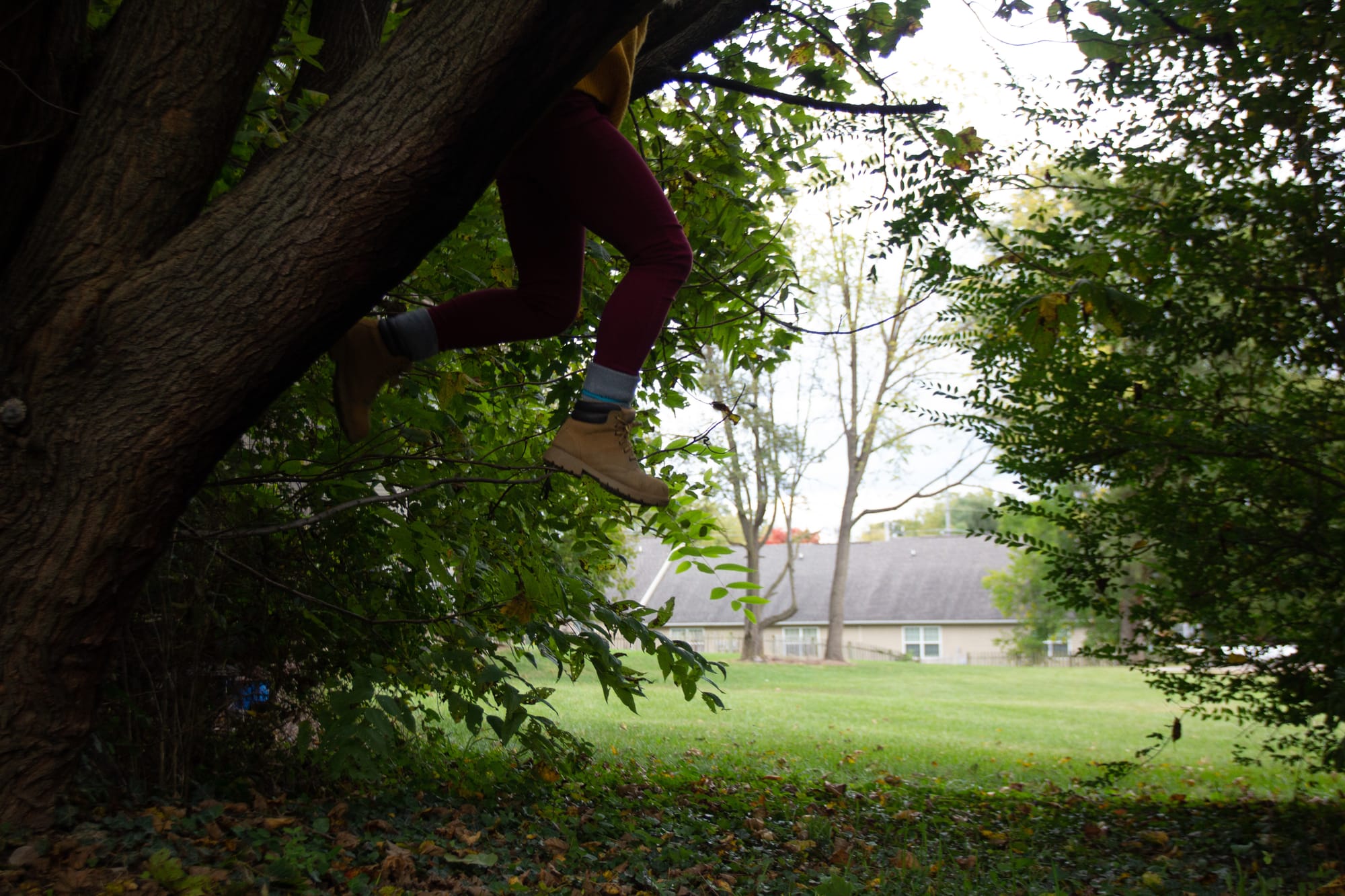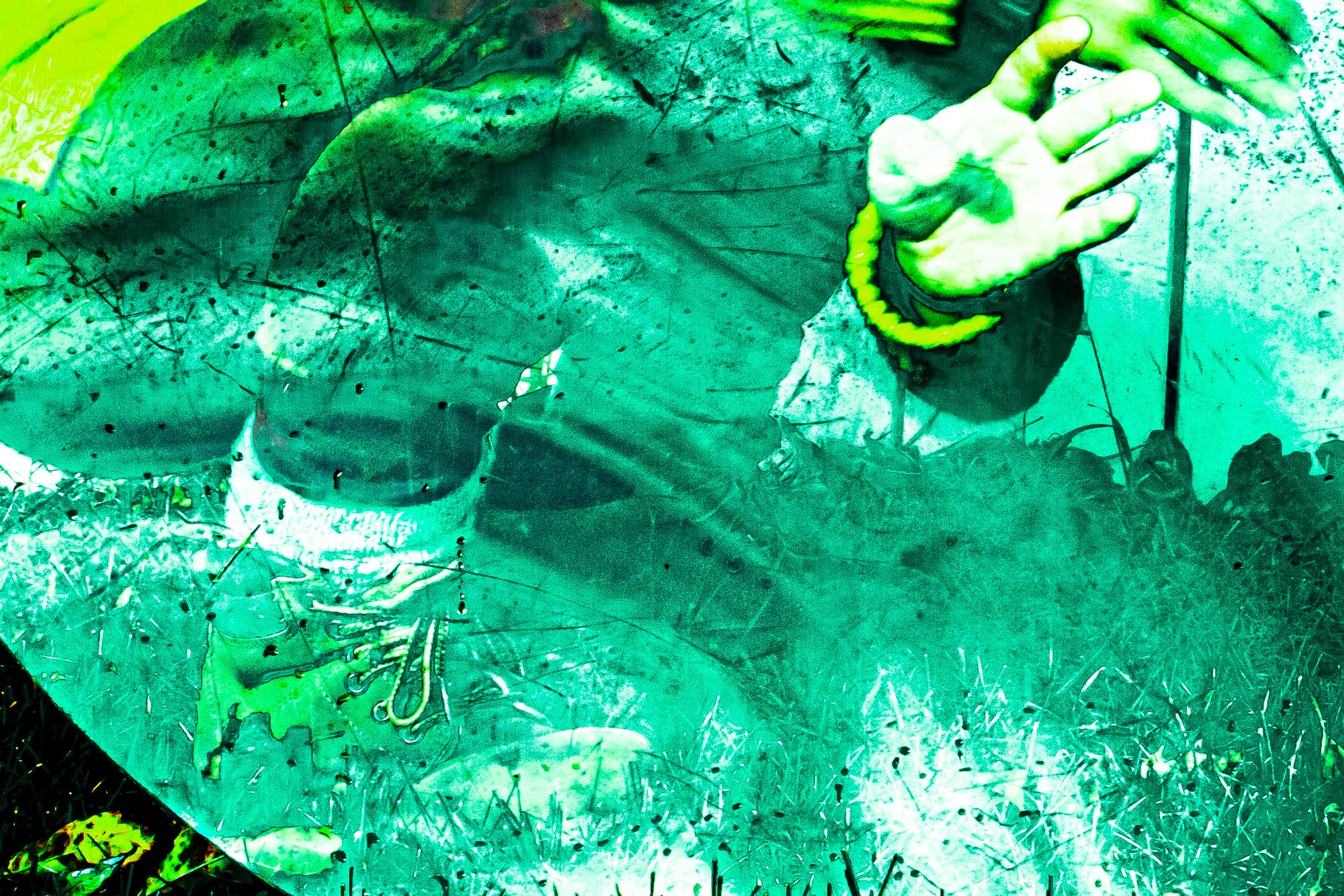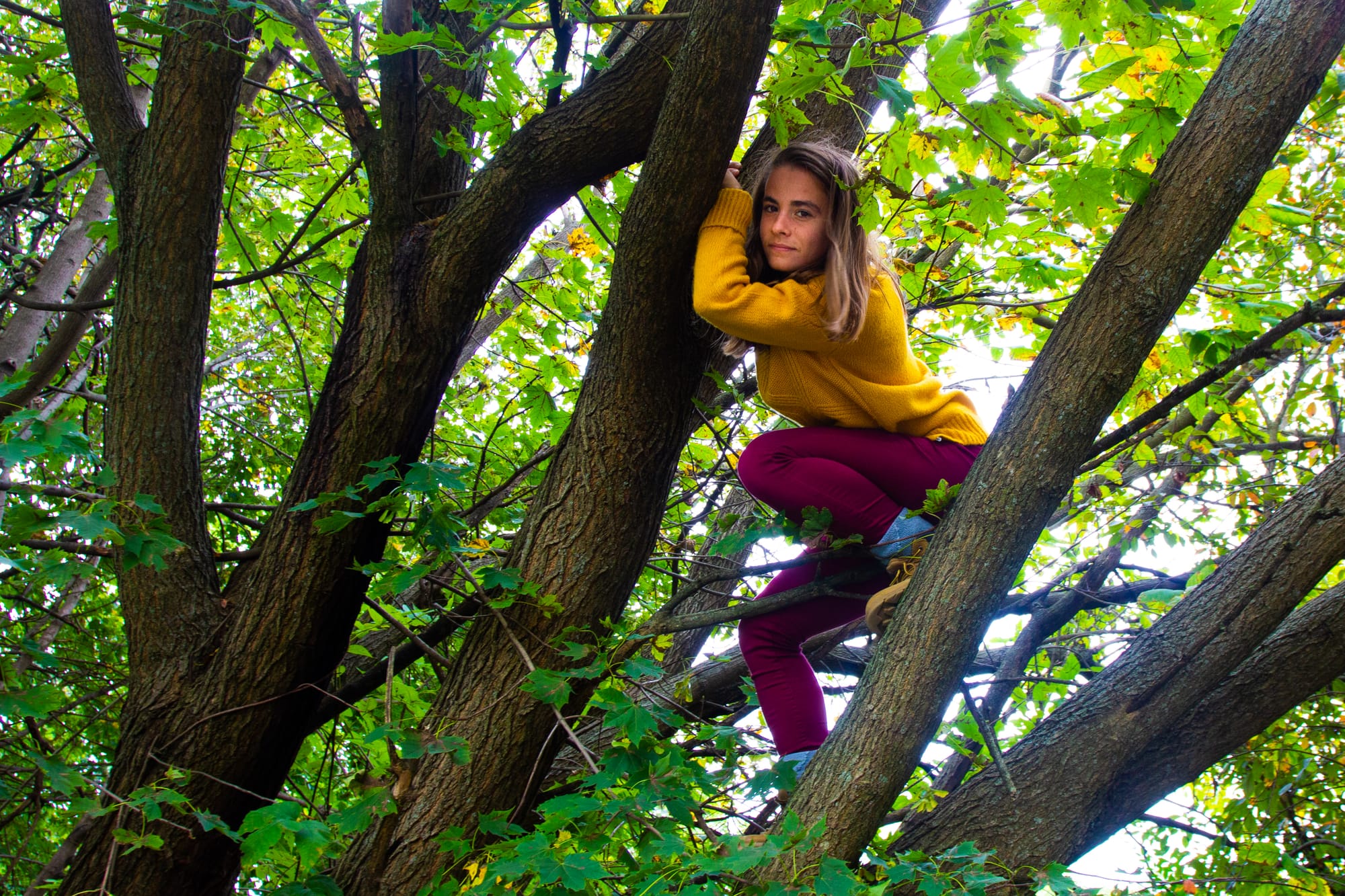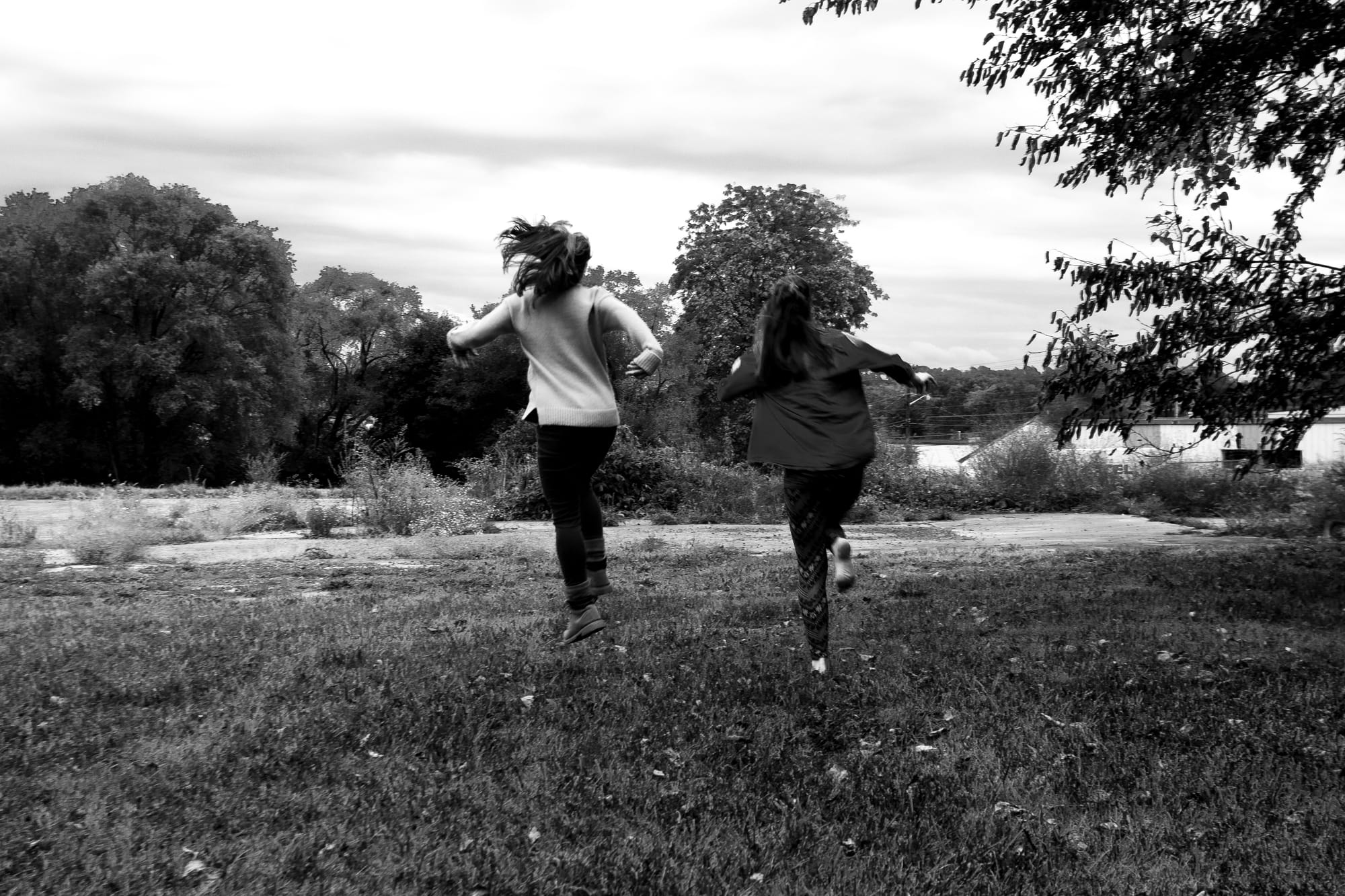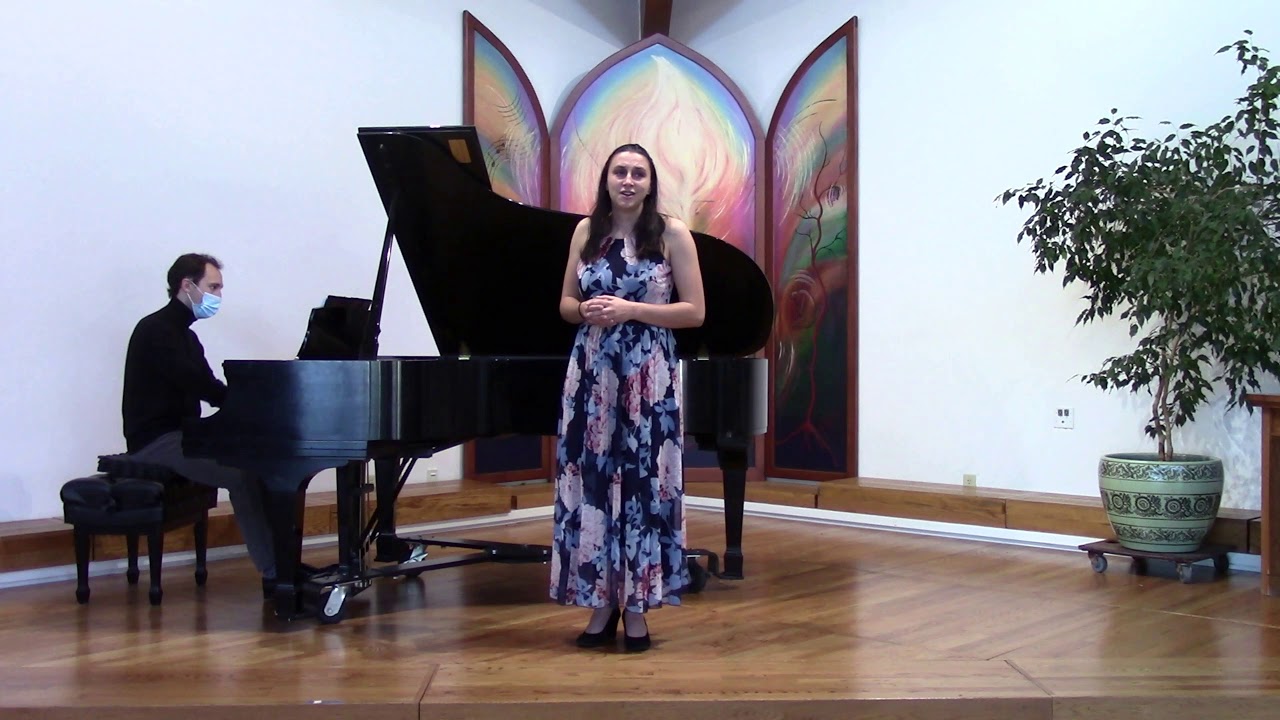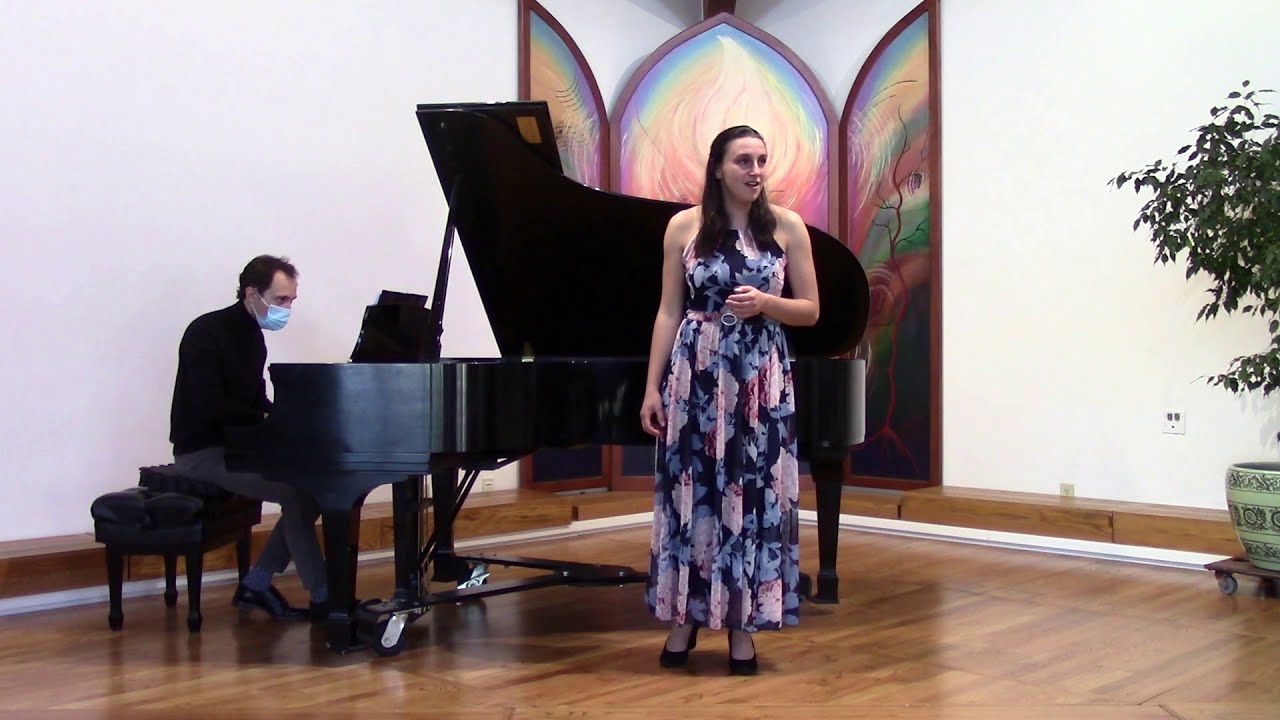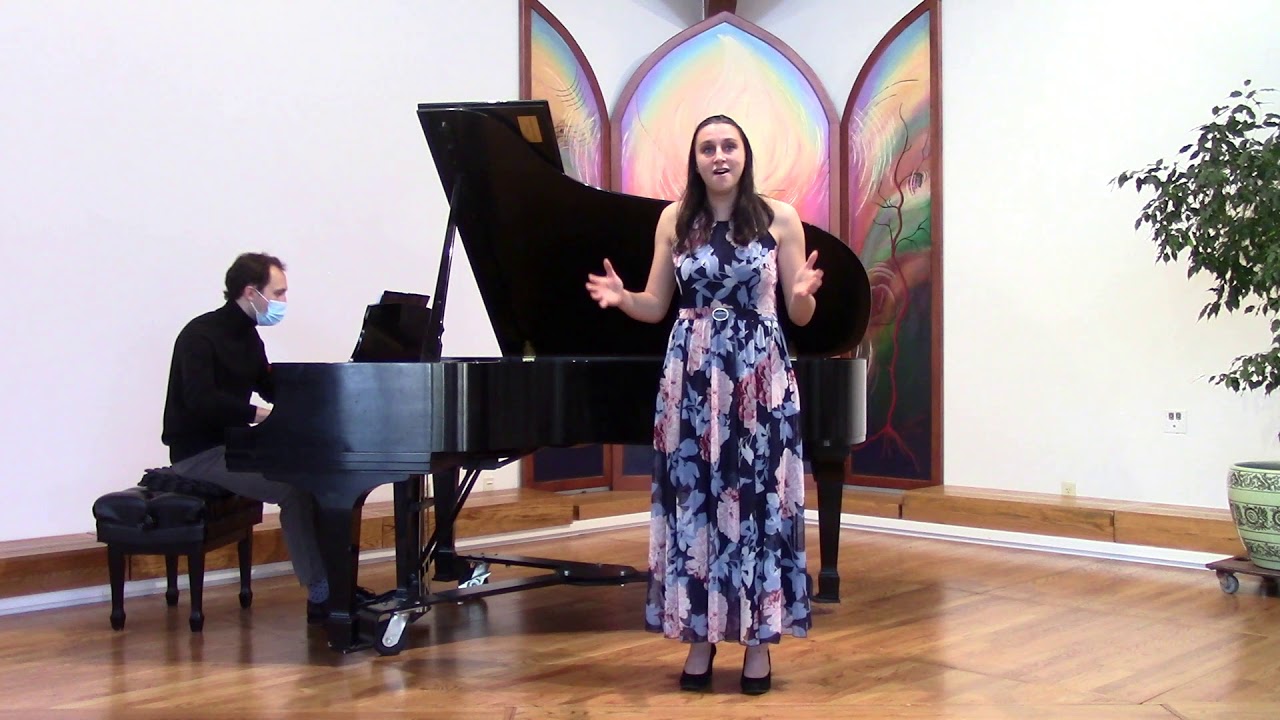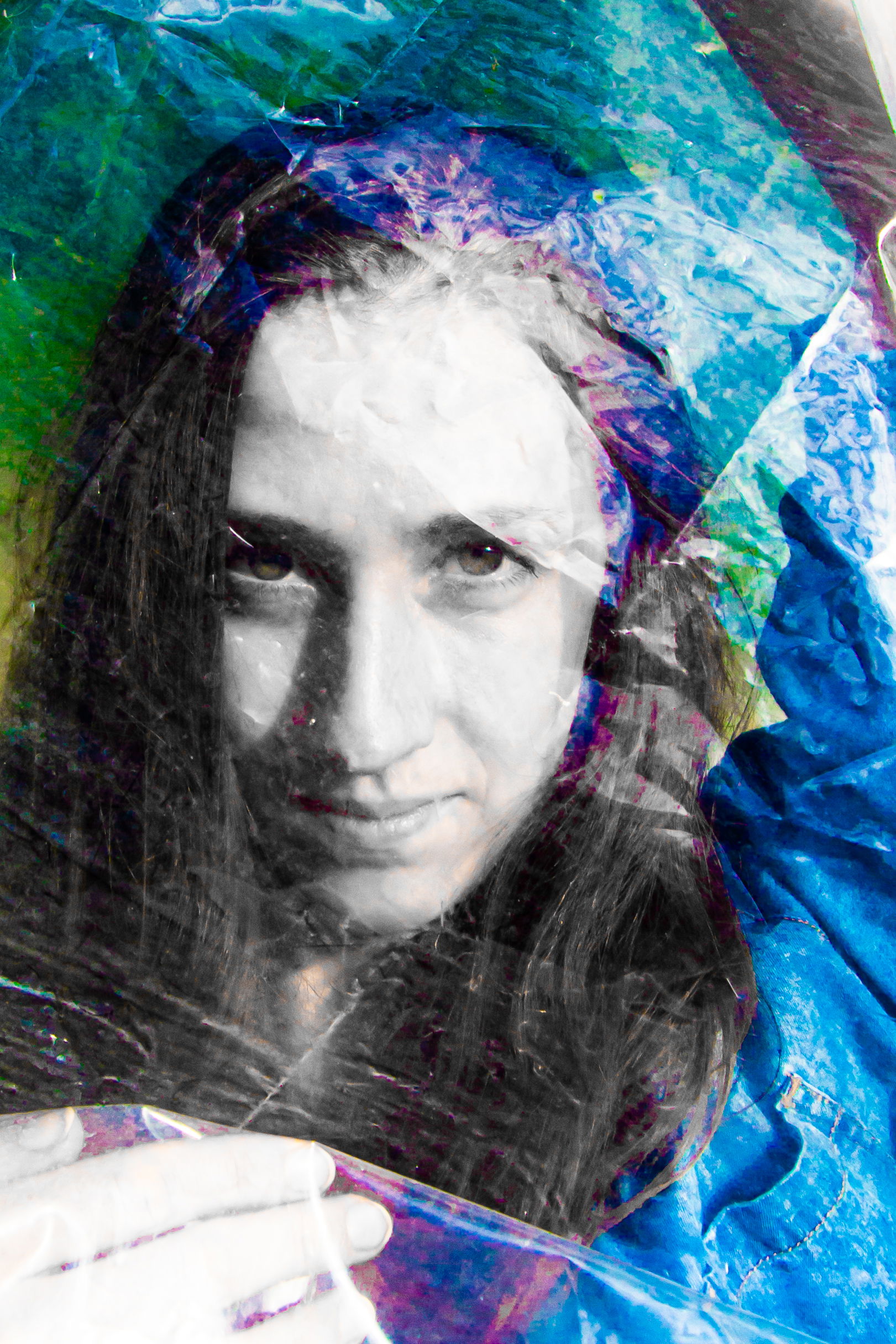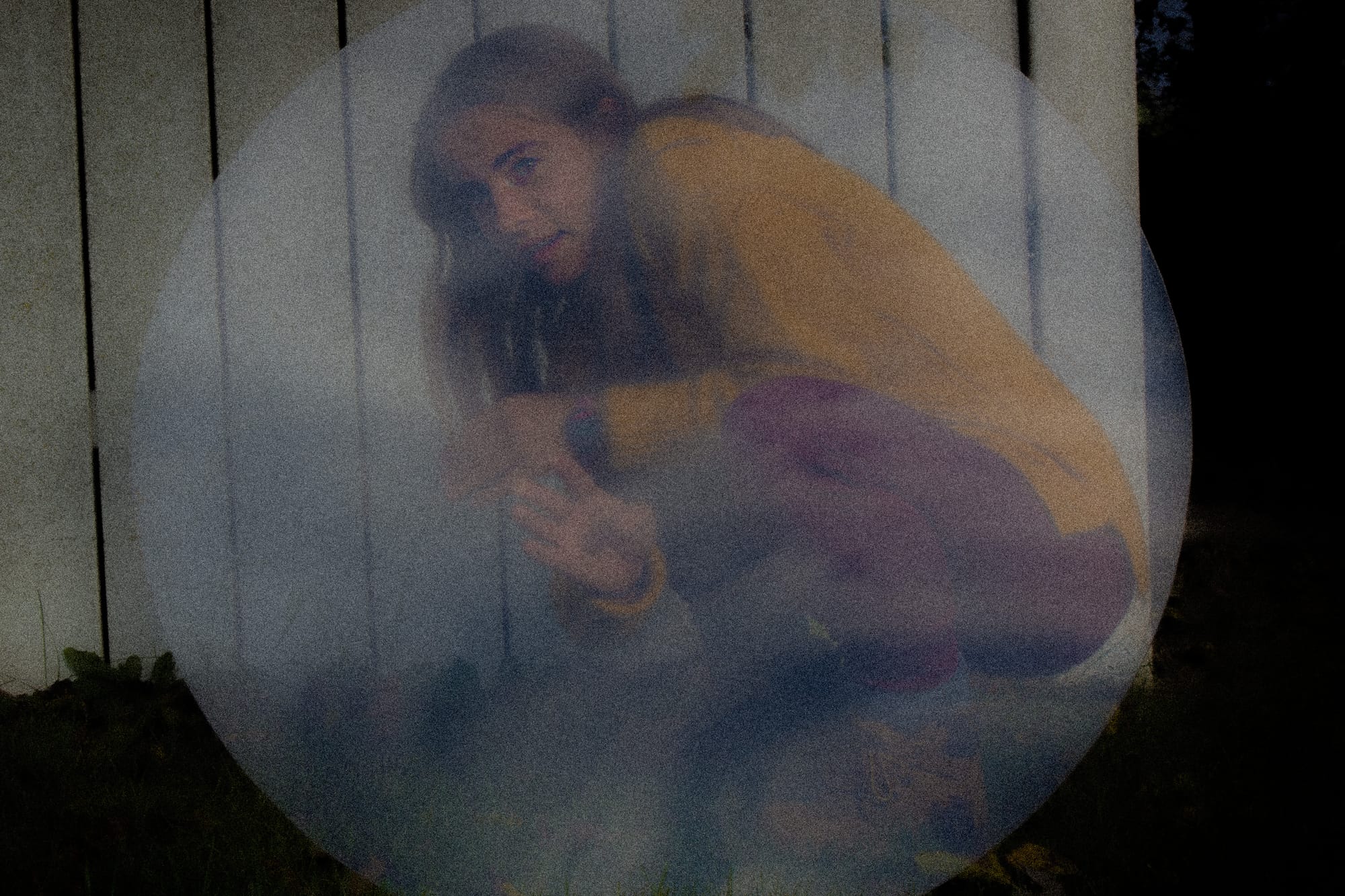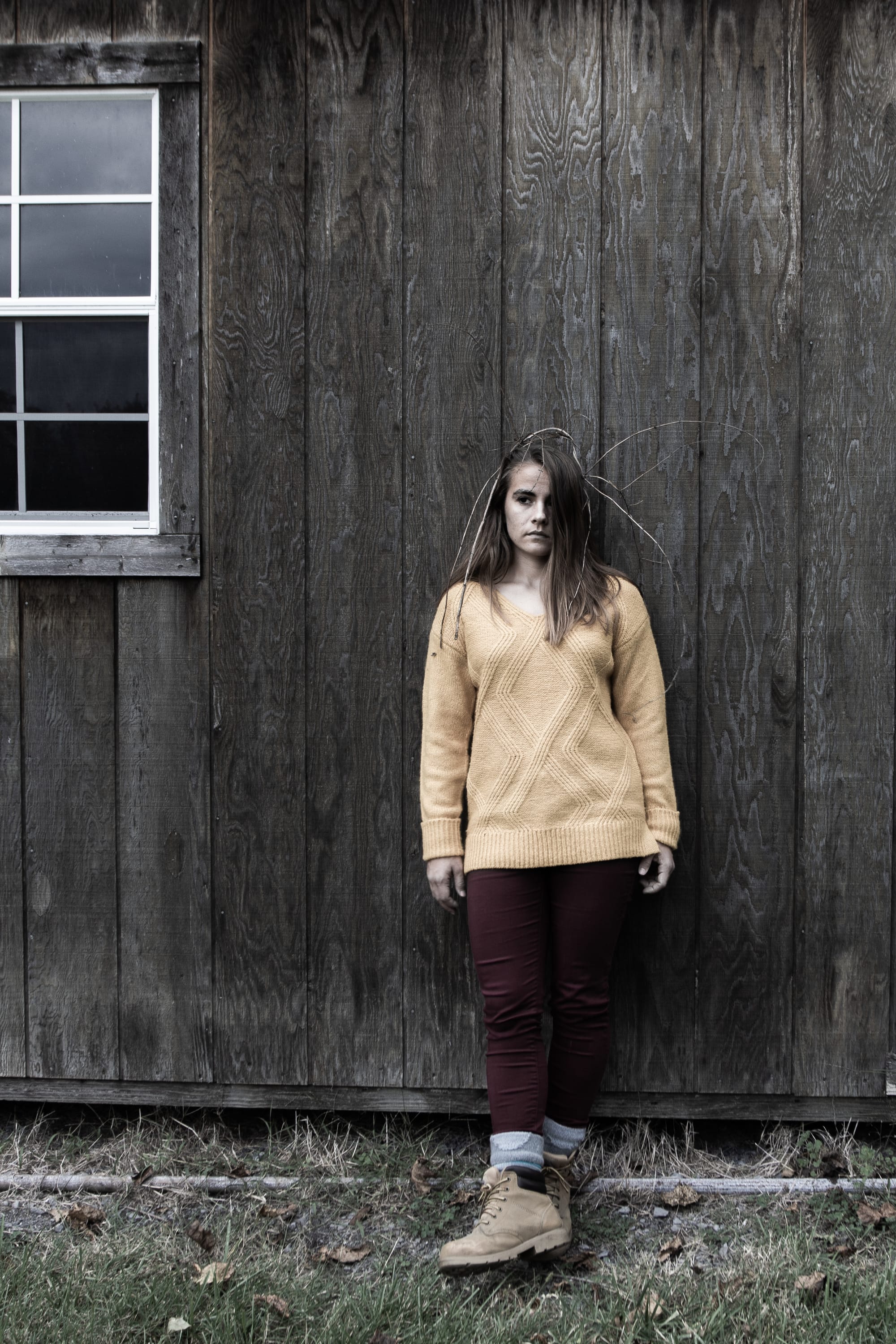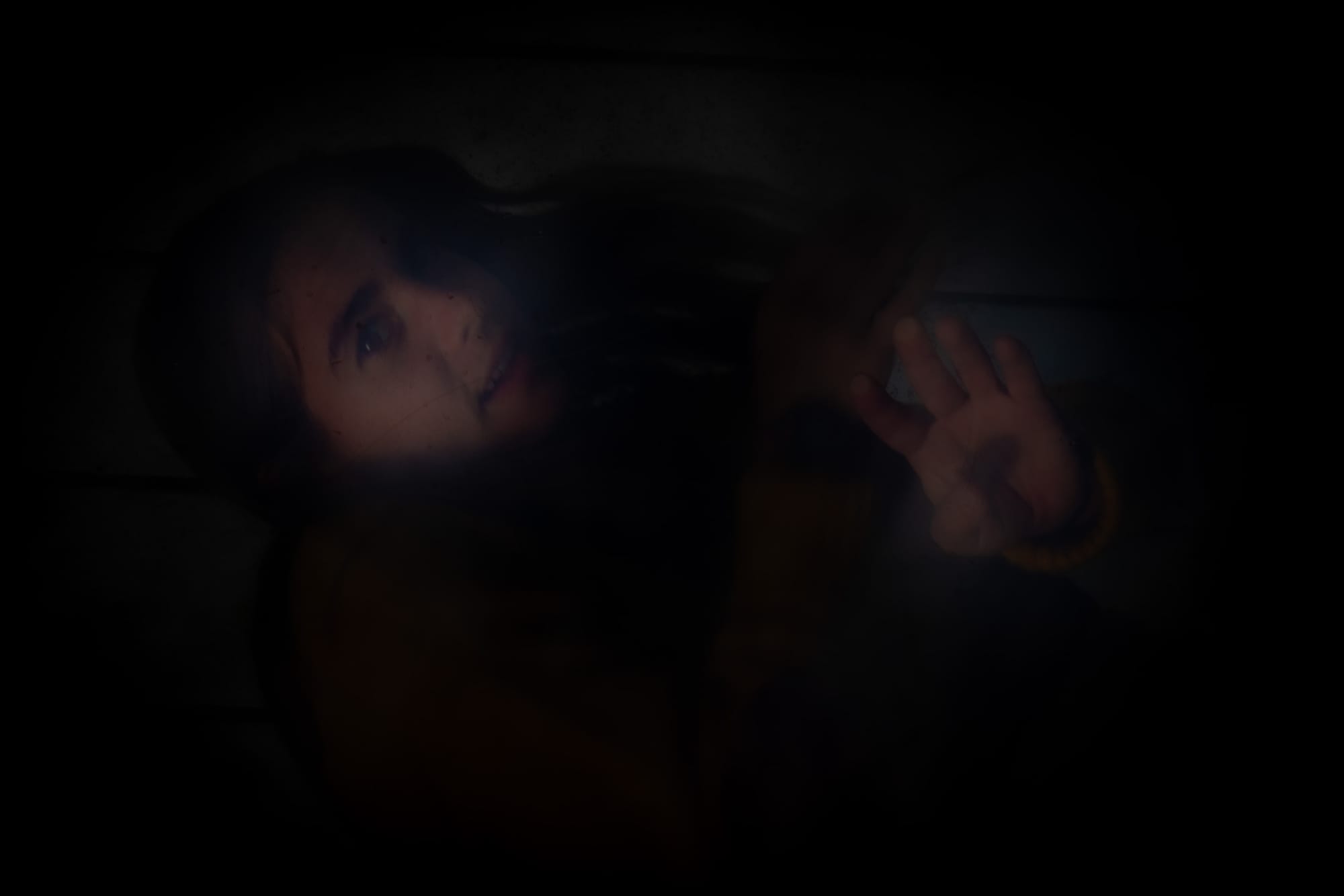Memory
A Senior Recital
Leah Wenger, Soprano
November 23, 2020
Ryan Tusing, Piano; Benjamin Bergey, Harpsichord; Kimberly Souther, Cello; Joshua Overacker, Oboe
Presented by the Eastern Mennonite University Music Department on November 23, 2020
In partial fulfillment of the Bachelor of Science degree in Music Performance and Psychology
About
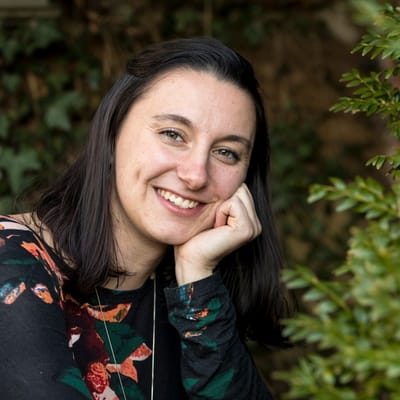
Forward
What is memory,
But the wisps of moving clouds;
A fleeting echo
Combining my loves of music and psychology during my college experience, I examined memory from a variety of angles. Research in psychology shows that music is well suited to evoke vivid and emotional memories. With this thought in mind, I chose pieces for this recital that illustrate the raw emotion and visual elements brought with autobiographical memories.
The first half of my recital contains works written before 1750 by composers Handel, Bach, Strozzi and Rameau. This section is saturated in emotion - joy, elation, grief, anger, hope and despair. These illustrate the emotional memories from one’s past, buried deep in the subconscious, that continue to mold and shape the way an individual interacts with the world. The second half moves closer to home, both in location and time. These are all pieces by American composers, written in the 20th century. Though many of the pieces in this set may be of unfamiliar sound to the ear, they are still accessible to the average listener with their imagery and sweeping motives. Each piece in this section contains images that remind me of home. One can hear tributes to many essences of my home - the woods of Troutbeck Lane where the stars streak across the sky, extended family and the people of EMHS and EMU who embody joy and love, the music of Community Mennonite Church which has lead my faith formation, and the mountains and clouds of the Shenandoah Valley, which has held me for all these years.
In visualizing my final project, I was drawn to include visual elements of memory, exhibited three galleries. I worked to grasp the brilliance and vividness of a memory, as well as the shifting confidence, the unreliability, and the unavoidable fade. These pictures add to the elements expressed in the music, and each series sets the stage between music sets.
When I chose many of these pieces in the spring of 2019, I could never have guessed how they might lead me and carry me through the events of the last year. When I moved home in March due to Covid-19, a few short weeks before I was to perform, I set aside my music for nearly two months. As I slowly picked each piece up again, they spoke to me in new ways. In experiencing months of loss, uncertainty, and reckoning, I found new expression in the rage, despair and hope exhibited in the first half of my recital. And similarly, after spending 149 days living in my childhood home, I found new meaning in the memory and imagery of home exhibited in the second half.
Seven months to the day from my original recital date, I recorded these pieces to share in a socially distant way. I hope that by inviting you along on this journey with me, you will reflect on the memories that have shaped you throughout your life, and dwell particularly on the memories from the past seven months. How have they shaped or changed you? Thank you for the gift of your presence. Let us gather here in a place of reflection on the past, and hope for the future. I am proud to present to you my senior recital: Memory.
Follow THIS LINK to find text and translations. I encourage you to have these words pulled up in a separate window as you listen and watch.
Prophetic Visions
George Frideric Handel, 1685-1789 from Occasional Oratorio
“Occasional Oratorio” is one of Handel’s least known oratorios, and one of his most unusual, as there are not the typical elements of drama and storytelling. Handel wrote this oratorio during the Jacobite rising of 1745, the attempt at overthrowing Handel’s patrons, and it served as a defying patriotic and rallying cry. Of this three part oratorio, “Prophetic Visions” comes from part two, which emphasises the blessings and beauty of peace.
Piangero la sorte mia
George Frideric Handel, 1685-1789 from Giulio Cesare
Cleopatra’s aria from the third act of Handel’s opera Giulio Cesare is a passionate lament sung from the chains of her brother’s dungeon. She has just lost everything; her quest for revenge has ended in everyone’s death, and she expects she will be executed. Listen for her sobs of loss and remorse. During the animated second section, she finds a small spark of energy as she realizes that after she is killed, she can come back as a ghost to haunt all those who wronged her. In this distinct moment, one can hear the ghostly, haunting activities in the voice, before returning to her lament of loss of life and love.
L’Eraclito amoroso
Barbara Strozzi, 1619-1677
Barbara Strozzi was a Venitian singer and composer. She published 8 volumes of her own work, having more printed music than anyone else in the era. This piece is a painful lament of a lost lover, drawn from the volume entitled “Cantate, ariette, e duetti”. Strozzi paints a heart wrenching picture of someone who is lost, someone whose sole comfort is in her own tears. Listen closely for the drawn out dissonance between voice and instrument at phrases like “kills me”, and the juxtaposition between the wailing cries to God and the soft mournful sobs of someone who has been robbed of everything that gave her life.
Volez Plaisirs
Jean-Philippe Rameau, 1683-1764 from Les fêtes de l’Hymen
This piece comes from an opera-ballet with a prologue and three entreés based on Egyptian folklore and mythology, written for the wedding of King Louis XV’s son. This prologue scene depicts the reconciliation between Cupid and Hymen, the gods of love and marriage.
Hört, ihr Augen, auf zu weinen
Johann Sebastian Bach, 1685-1750
Bach wrote this cantata for the 21st Sunday after Trinity focusing on texts from Ephesians and John. This soprano aria is a statement of hope and trust in God in hard times, a commitment to endure with patience. An obbligato oboe intertwines with the voice, echoing each other at times. The voice carries a stream of triplets on the word “lebet” (lives), declaring that God still lives, and therefore we shall weep no more!
Down East
Charles Ives (1874-1954)
Charles Ives is one of the most prolific writers of art music of the 20th century. This piece is chosen from his book 114 Songs, published in 1922. Ives is known for writing quotes in his music, giving nods to the works of Beethoven, war songs, and old hymn tunes. Many of his pieces have an inconsistent or relaxed time signature, giving the effect of a soundscape that transcends time and space. I chose this piece for these reasons - its nostalgic nods to the past, and its suspension in air, almost like a leaf that has gently paused mid-flight.
Summertime
Geroge Gershwin (1898-1937)
Written in 1934 for Gershwin’s famous opera, Porgy and Bess, this piece soon found its way into jazz standards. Gershwin wrote this song in an attempt to create his own spiritual in the style of early African-American folk music. He weaved this tune through the fabric of Porgy and Bess, lulling the listener back to a time and place where “the livin’ is easy”. This versatile blues-feeling piece can be performed in a variety of tempos and styles, and has landed a home among the favorite jazz standards over the decades.
Four Poems by Tennyson
Ask Me No More Now Sleeps the Crimson Petal Far, Far Away The Sleeping Palace
Ned Rorem, 1874-1934 Rorem chose these four poems to emphasize the circle of life. To join nature and humans in one cosmic memory. Within this set, the aura seems to be held in tension as if for a brief moment, we are transported through a lifetime of memories. These four pieces bridge the gap between death and life, the underside of the circle of life that we so often don’t explore. Detailed images of nature are used throughout the set to illustrate this cycle of death into life in a way we can easily understand, the change from winter into spring. We begin with mourning the inevitable death of a loved one, moving from defiance to reluctant acceptance of fate. Through the set, we walk through a forest of memories as we move towards the brink of new life. Rorem creates a scene where life is stayed, just for a silent moment, edging ever closer to the brink of new life. It's the frozen moment of soft silence before life springs anew. A memory that we can be lost in forever.
Thank you for attending my recital! Please leave a note so I know that you came!
Special thanks to EMU’s Music department, James Richardson, Ryan Tusing, Benjamin Bergey, Kimberly Souther, Josh Overacker, and the never ending support of friends and family like you!
